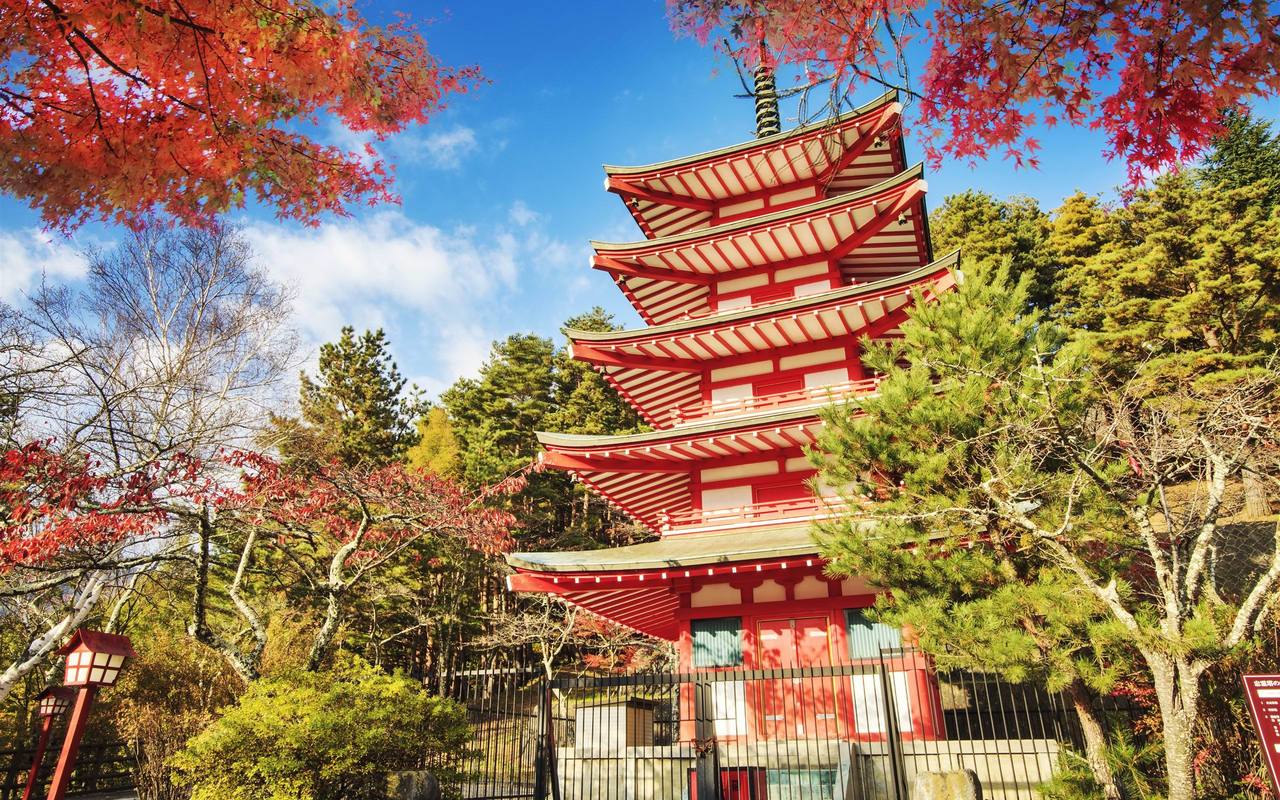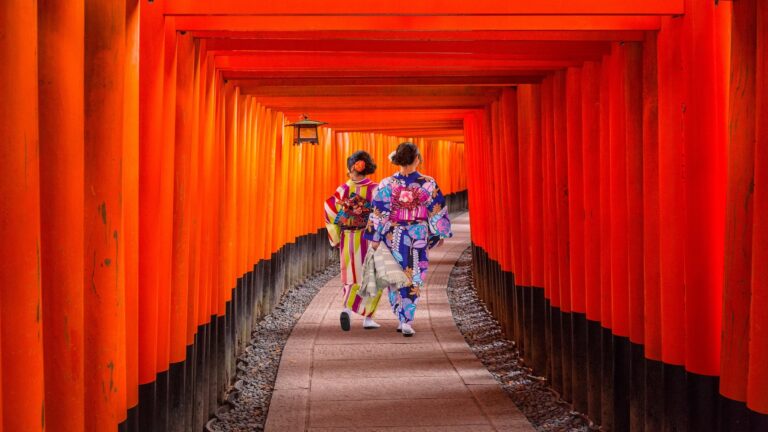Arriving in Tokyo, Senso-ji Temple is one of the must-visit attractions. Senso-ji is the oldest Buddhist temple in Taito, Tokyo, established in 628 AD. It is a popular recreational area that embodies the “Edo style” still present today. The temple enshrines Kannon, the Buddhist deity of mercy, also known as Asakusa Kannon.
The creation of Senso-ji Temple is rooted in a legend that tells of two fishermen who discovered a statue of Kannon in the Sumida River, after which they established the temple to enshrine it. Since then, Senso-ji has undergone numerous reconstructions and restorations, especially during the Edo period, when it became a place of prayer for the Tokugawa shogunate and gradually developed into a center of faith for the public.
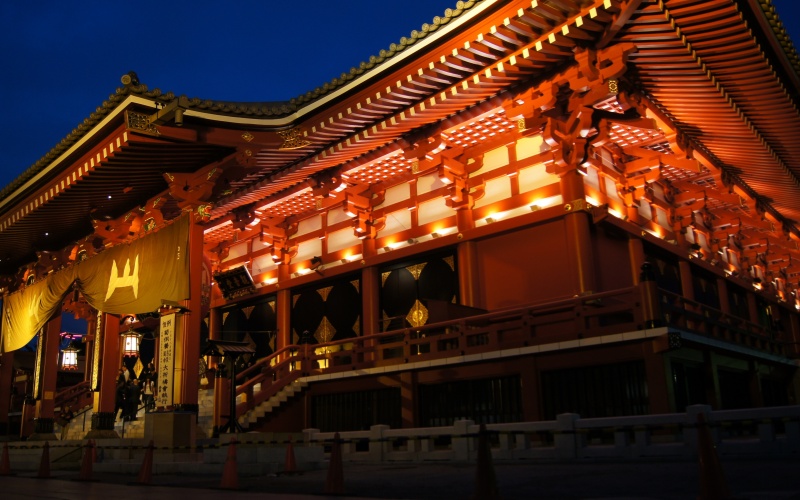
Main Attractions
Kaminarimon Gate
The main gate of Senso-ji Temple, officially named “Furaijinmon.” It features statues of the wind god and thunder god to protect the temple from natural disasters.
Main Hall
The place where the principal statue of Kannon is enshrined, also known as Kannon-do.
Five-story Pagoda
The five-story pagoda standing within the temple grounds is an excellent spot for photography and is an important cultural heritage site.
Nakamise Street
A small street connecting the Thunder Gate to the main hall of the temple. It sells traditional Japanese toys, cakes, and other souvenirs.
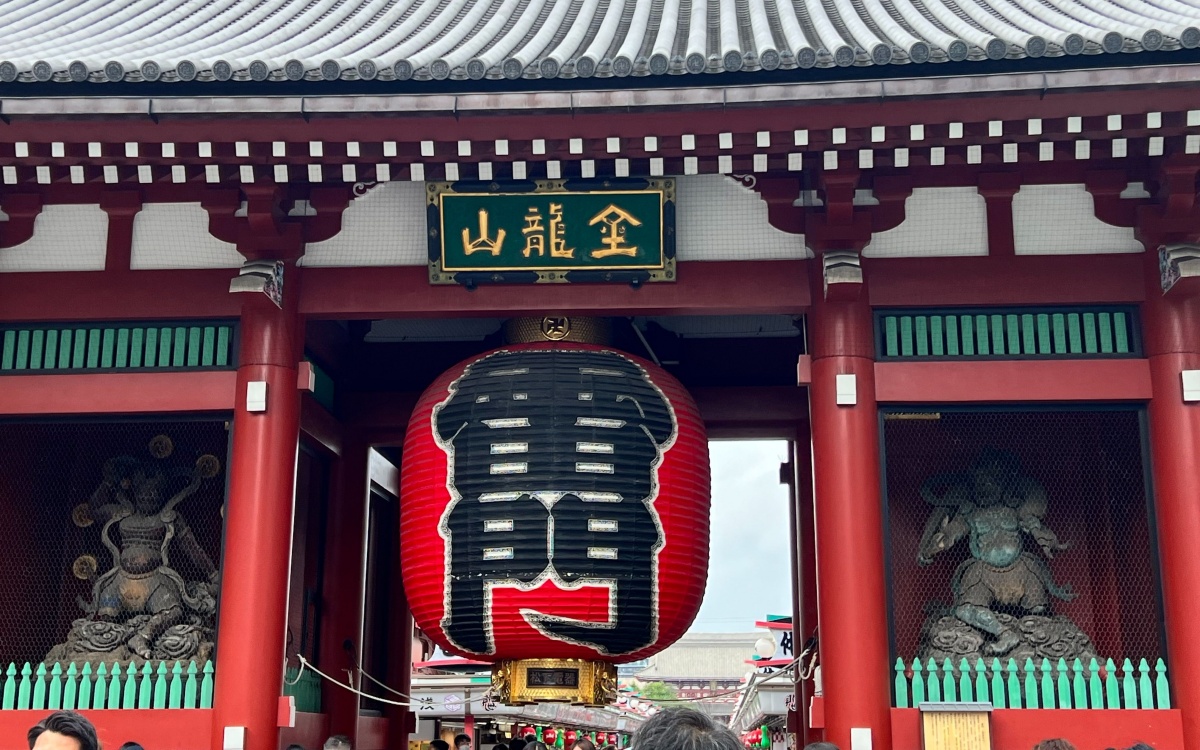
Annual Events
- New Year Celebration: February 3rd. Millions of people come to pray for blessings. The bean-throwing event is held to drive away evil spirits and invite good fortune.
- Hatsumode: From January 1st to 7th. This marks the first visit of the year to the shrine, where people pray for peace, health, and a bountiful harvest in the coming year.
- Celebration of the Appearance of Kannon: March 18th. A celebration commemorating the appearance of Kannon, the main deity of Senso-ji Temple, on March 18, 628.
- Flower Festival: April 8th. To celebrate the Buddha’s birthday, a ritual is performed in Japan where hydrangea tea is sprinkled on the statue of the Buddha.
- Shimanrokusen Nichi: July 9th-10th. Visiting during this period is said to yield benefits equivalent to worshipping for 46,000 days, accompanied by a lantern and hojoki (Japanese ground cherry) market.
- Osame-no-Kannon Goennichi: December 17th-19th. The last annual worship of the year at Senso-ji Temple. During this time, a Hagoita (decorated wooden paddle) market is held near the temple’s hall and main gate.
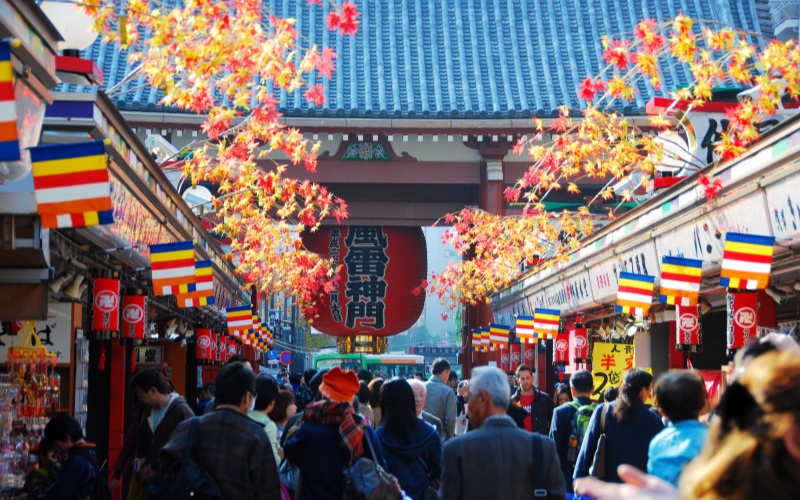
Senso-ji Temple
Worship Etiquette
- Purification: In front of the main hall of Senso-ji Temple, there is a purification basin. You should take the ladle and rinse your left hand, then your right hand, and finally cup some water in your hands to rinse your mouth. However, do not drink directly from the ladle.
- Coin Offering: Before worshiping, you can toss coins as a way to “wake up” the bodhisattva. The number five has positive connotations in Japanese culture, so it’s best to prepare a few coins that include the number five, such as five yen, fifty yen, or five hundred yen, to bring good luck.
- Dress Code: It is required to remove shoes when entering Senso-ji Temple. Comfortable shoes and clothing are recommended. Additionally, overly revealing clothing is prohibited inside the temple as a sign of respect for the temple and the bodhisattva.
- Maintain Silence: Since there are many visitors and worshippers at Senso-ji Temple, it is important to maintain silence and cleanliness. Avoid touching or damaging any artifacts or buildings within the temple.
- Follow the Rituals: During the worship process, follow the appropriate rituals and procedures without altering or disrupting them. Actions such as offering incense and bowing should be performed respectfully, as this reflects respect for religious beliefs and cultural traditions.
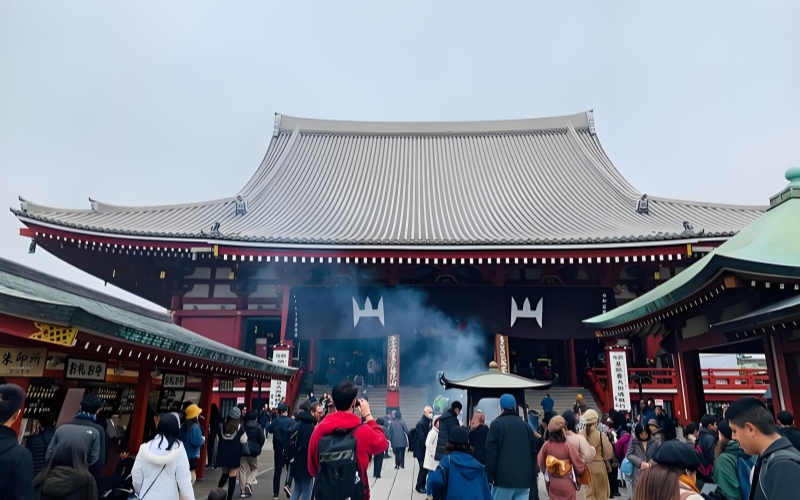
Senso-ji Temple
Travel Information
Basic Information
Opening Hours of Senso-ji Temple: 6:00 AM to 5:00 PM (6:30 AM from October to March), open year-round.
Admission: Free entry, but some activities such as fortune telling and purchasing amulets require a fee.
Transportation Guide
Take the Tobu Skytree Line, Metro Ginza Line, Tsukuba Express or Toei Subway Asakusa Line. It’s a 5-minute walk after getting off the station.
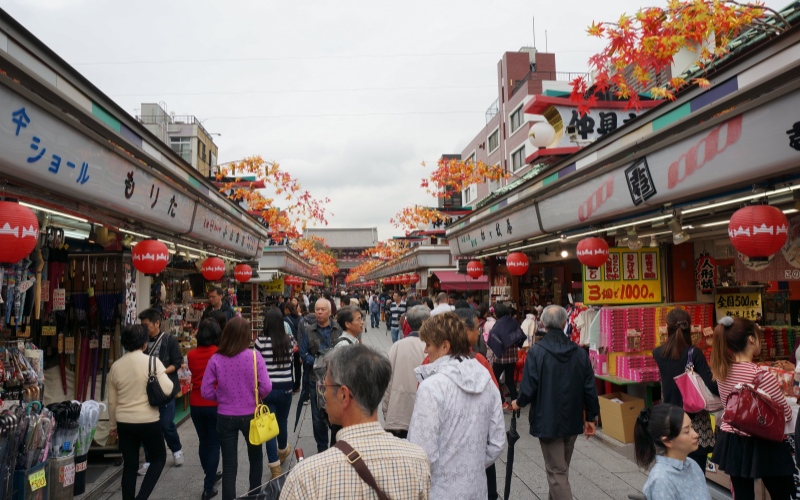
Helpful Tips
- Photo-taking Tips: Generally, photography is allowed inside Senso-ji Temple. However, when taking photos, be careful not to disturb the worship of other tourists and believers, and do not use the flash to cause damage to cultural relics and Buddha statues.
- Dietary Norms: Generally, it is not recommended to eat inside the temple. It is very important to keep the temple clean and quiet.
- Shopping and Consumption: Passing through the Kaminarimon Gate is Nakamise Shopping Street, known as the “oldest shopping street in Japan”. There are all kinds of souvenirs and traditional snacks here. When shopping, pay attention to the price and quality to avoid buying counterfeit and shoddy goods.
- Carrying Cash: Tourists are advised to carry some cash with them because many places are still accustomed to accepting only cash payments.
- Others: There are many rickshaw pullers around Senso-ji Temple. They will introduce the history and culture of Senso-ji Temple to tourists in English or Japanese. If you need, you can choose to take a rickshaw to tour Senso-ji Temple.
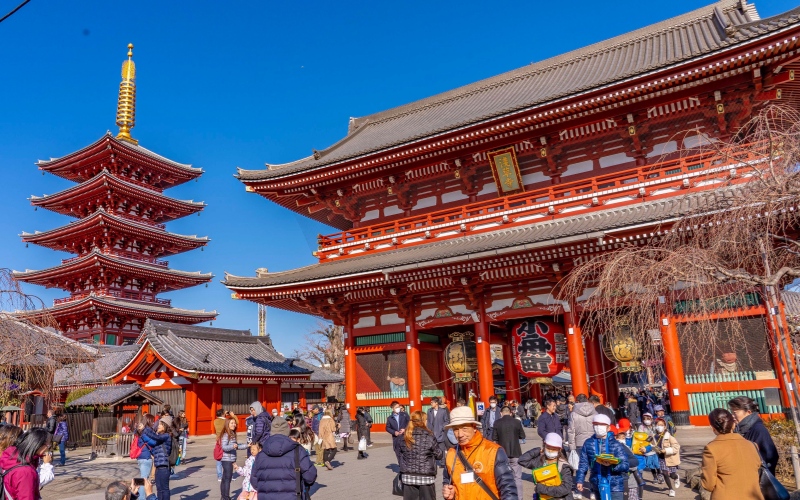
Senso-ji Temple
Senso-ji Temple is a place well worth visiting. Whether it’s to admire the architectural style of the temple or to experience local cultural activities, it will leave a deep impression. If you are planning to travel to Tokyo, Senso-ji Temple is definitely your best choice.

